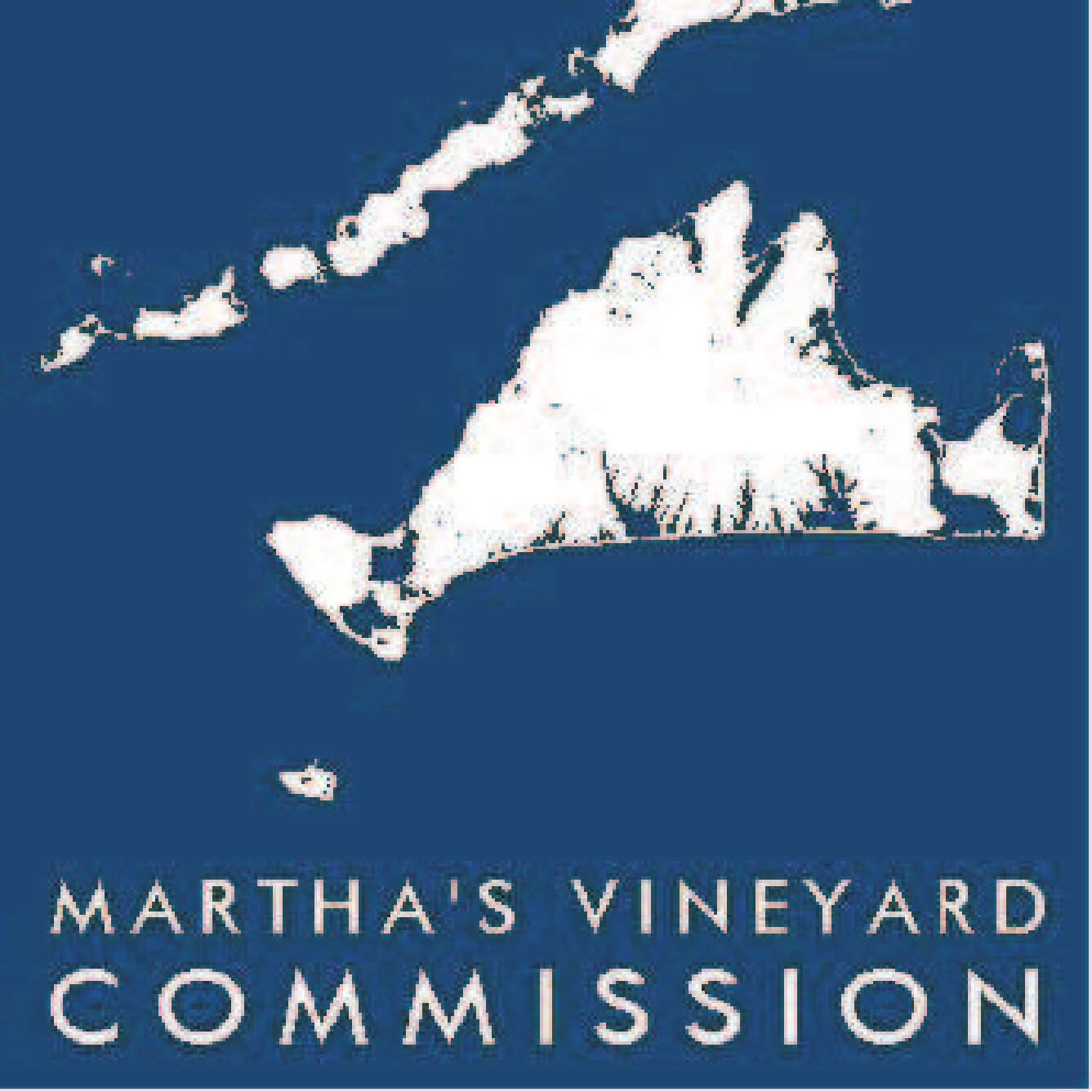By Liz Durkee, Climate Change Planner, Martha's Vineyard Commission
In 2015, the Gay Head Lighthouse, a beacon of hope and refuge since 1865, was moved some 130 feet inland from the eroding Gay Head cliff. The move was funded in part with Community Preservation Act contributions from all six Vineyard towns. The towns pitched in because saving a historic lighthouse benefits the community-at-large.
Island-wide collaboration is essential to coastal climate resilience planning.
Climate change impacts are oblivious to town boundaries. On the coast, each Island town faces beach and bank erosion, coastal flooding, and salt marsh loss. Every town’s economy is linked to the shoreline. Everyone needs safe access to the Vineyard Haven Steamship Authority port and the Martha’s Vineyard Hospital.
Two critical points on coastal resilience arise from the worldview of the Wampanoag Tribe: When it comes to the natural world, everything is connected (including us) and as such it must be tended collectively.
Yet embedded in the culture of the Island’s six distinct towns is concern that collaboration will dilute their independence. The encroaching sea cares not.
Climate planning, in particular, is a challenge for the towns due to:
A lack of funding and staff for climate work
Competition with each other for the small pot of resilience grant funding
Planning that is town-focused and largely short-term
The Island community will benefit from collaboration between the towns and the Martha’s Vineyard Commission, the regional planning agency. The Commission has:
A professional planning staff, including a climate change planner
A Climate Action Task Force addressing island-wide issues
Climate change expertise
The ability to identify shared resilience strategies for island-wide problems
The ability to apply for regional projects as encouraged by many grant programs
The Commission is working on a collaborative, 20-year climate action plan. Local stakeholder groups will help identify resilience strategies. Stakeholders focusing on coastal issues will include members of the towns’ climate committees, planning boards and conservation commissions, as well as Wampanoag tribal staff, non-profit land use groups, and building trade representatives. When the plan is completed, the Commission will continue to work with the towns on implementation.
Across the island local groups are collaborating with one another. Last year, for example, the Martha’s Vineyard Land Bank Commission and Sheriff’s Meadow Foundation bought 304 acres of undeveloped land in Aquinnah. Preserving this ecologically rich land means that homes won’t be built on the vulnerable, ever-shifting shoreline, wild-life habitat will remain intact, trees will continue to absorb carbon, and the public gains new waterfront access.
Climate change affects every one of us. Island-wide collaboration strengthens both resilience planning and the common, collective good of the Island and its people.


